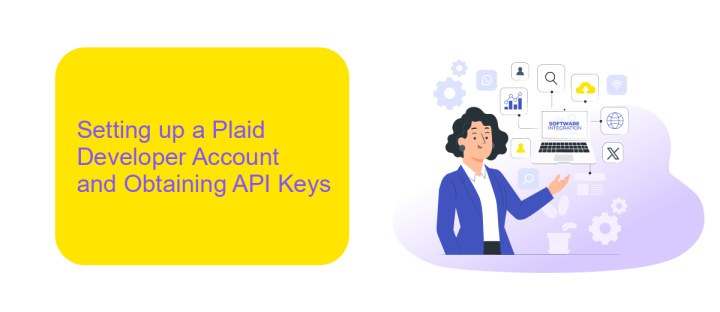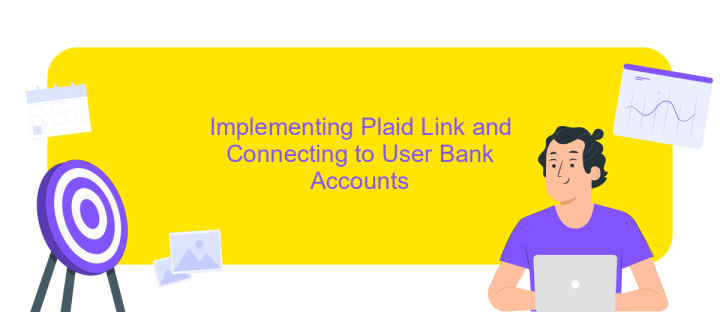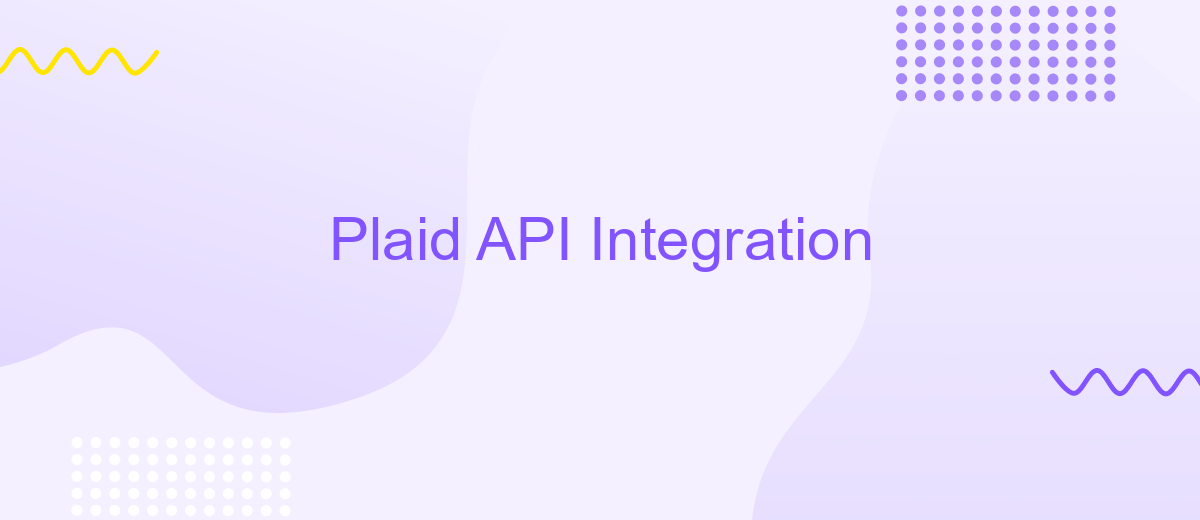Plaid API Integration
Integrating the Plaid API into your application opens up a world of financial data connectivity, enabling seamless access to users' bank accounts and transaction histories. This powerful tool allows developers to create innovative financial solutions, enhance user experiences, and streamline processes by securely connecting with thousands of financial institutions. In this article, we will explore the steps and best practices for successfully implementing Plaid API integration into your projects.
Introduction to Plaid and its Capabilities
Plaid is a financial technology company that provides a seamless way for applications to connect with users' bank accounts. It acts as an intermediary between financial institutions and applications, enabling secure and efficient data transfer. Plaid's API is widely used for its robust capabilities in accessing financial data, which is crucial for a variety of applications, including budgeting tools, payment platforms, and investment services.
- Securely connects applications to bank accounts
- Facilitates access to real-time financial data
- Supports a wide range of financial institutions
- Enables authentication and identity verification
- Offers transaction categorization and insights
By leveraging Plaid's capabilities, developers can create more innovative and user-friendly financial applications. Its comprehensive API not only ensures data security and privacy but also enhances the overall user experience by providing accurate and up-to-date financial information. As a result, Plaid has become an essential tool for companies looking to integrate financial services into their offerings, driving the evolution of fintech solutions worldwide.
Setting up a Plaid Developer Account and Obtaining API Keys

To begin integrating with Plaid, you'll first need to set up a developer account. Visit the Plaid website and sign up for a free developer account by providing your details and verifying your email. Once logged in, navigate to the Dashboard, where you can create a new application. This step is crucial as it allows you to manage your integrations and access the necessary tools for development. After creating your application, you'll be able to access your API keys, which are essential for authenticating your app with Plaid's services.
With your API keys in hand, you can start integrating Plaid into your application. These keys include a client ID and a secret, which must be securely stored and used for API requests. To streamline the integration process, consider using services like ApiX-Drive, which offer tools for connecting Plaid with various applications effortlessly. ApiX-Drive can simplify data synchronization and automate workflows, ensuring a smooth integration experience. By leveraging such services, you can focus on building your application while ensuring robust and reliable connectivity with Plaid's API.
Implementing Plaid Link and Connecting to User Bank Accounts

Integrating Plaid Link is a crucial step in connecting to user bank accounts seamlessly. It provides a secure and efficient way for users to link their bank accounts to your application. To begin, ensure you have a Plaid account and access to the necessary API keys. Implementing Plaid Link involves embedding a client-side JavaScript module that handles user authentication and permission. This process ensures that sensitive data is securely transmitted between your application and the user's bank.
- Initialize the Plaid Link module with your public key and desired configurations.
- Trigger the Plaid Link interface when the user opts to connect their bank account.
- Allow users to select their bank and authenticate using their credentials.
- Receive a public token upon successful authentication, which is used to request access tokens from your server.
- Exchange the public token for an access token on your backend to securely access user bank data.
After implementing Plaid Link, you can now access user bank account information with their consent. This integration not only enhances user experience but also ensures high security standards are maintained. By following these steps, your application can efficiently connect to various financial institutions, enabling a wide range of financial services for your users.
Retrieving and Utilizing Plaid's Financial Data

Integrating Plaid's API allows developers to access a wide array of financial data, providing a seamless user experience. To begin retrieving data, you first need to authenticate users through Plaid's Link, a front-end module that securely connects user accounts to your application. Once authenticated, you can access various financial data points via Plaid's API endpoints.
After establishing a connection, you can retrieve data such as account balances, transaction histories, and income details. These data points are essential for building robust financial applications that offer personalized insights to users. Utilizing this data effectively can enhance user engagement and provide valuable financial advice.
- Use the
/accounts/getendpoint to access detailed account information. - Retrieve transaction data using the
/transactions/getendpoint. - Access income details via the
/income/getendpoint for comprehensive financial analysis.
By leveraging Plaid's financial data, developers can create applications that offer tailored financial insights, helping users make informed decisions. The integration process is straightforward, but it requires careful handling of sensitive financial information to ensure data security and compliance with industry standards.
- Automate the work of an online store or landing
- Empower through integration
- Don't spend money on programmers and integrators
- Save time by automating routine tasks
Best Practices and Security Considerations for Plaid Integration
When integrating Plaid API, it is crucial to adhere to best practices to ensure a seamless and secure connection. First, always use Plaid's official SDKs and libraries, as they are regularly updated to address security vulnerabilities. Ensure that API keys and secrets are stored securely, using environment variables or secure vaults, to prevent unauthorized access. Regularly rotate your API keys to minimize risks in case of a security breach. Additionally, implement robust error handling to gracefully manage any issues that arise during the integration process.
Security considerations should be a top priority when working with financial data. Always use HTTPS to encrypt data in transit and employ strong authentication mechanisms to verify user identities. Limit the scope of access tokens to only what is necessary for your application, following the principle of least privilege. For those looking to streamline the integration process, consider using services like ApiX-Drive, which can facilitate the connection between Plaid and other applications while maintaining high security standards. Regularly audit your integration to ensure compliance with industry standards and to identify potential vulnerabilities.
FAQ
What is Plaid API and how does it work?
How can I integrate Plaid API into my application?
What are the security measures in place when using Plaid API?
Can I automate the integration process of Plaid API?
What should I do if I encounter issues during the Plaid API integration?
Do you want to achieve your goals in business, career and life faster and better? Do it with ApiX-Drive – a tool that will remove a significant part of the routine from workflows and free up additional time to achieve your goals. Test the capabilities of Apix-Drive for free – see for yourself the effectiveness of the tool.


